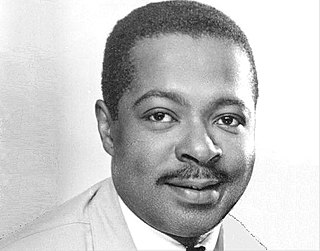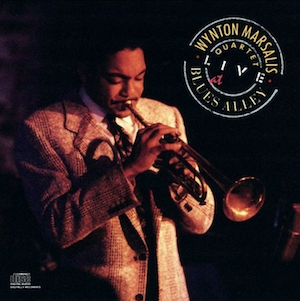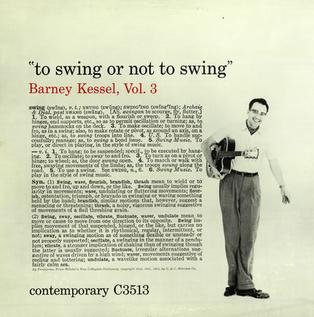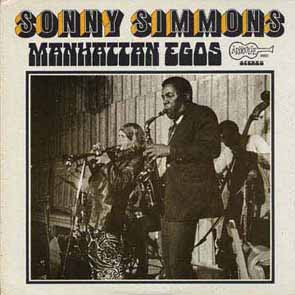
Hard bop is a subgenre of jazz that is an extension of bebop music. Journalists and record companies began using the term in the mid-1950s to describe a new current within jazz that incorporated influences from rhythm and blues, gospel music, and blues, especially in saxophone and piano playing.

Horace Ward Martin Tavares Silver was an American jazz pianist, composer, and arranger, particularly in the hard bop style that he helped pioneer in the 1950s.

Frederick Dewayne Hubbard was an American jazz trumpeter.
He played bebop, hard bop, and post-bop styles from the early 1960s onwards. His unmistakable and influential tone contributed to new perspectives for modern jazz and bebop.
Raymond Allen Draper was an American jazz tuba player.

Wynton Charles Kelly was an American jazz pianist and composer. He is known for his lively, blues-based playing and as one of the finest accompanists in jazz. He began playing professionally at the age of 12 and was pianist on a No. 1 R&B hit at the age of 16. His recording debut as a leader occurred three years later, around the time he started to become better known as an accompanist to singer Dinah Washington, and as a member of trumpeter Dizzy Gillespie's band. This progress was interrupted by two years in the United States Army, after which Kelly worked again with Washington and Gillespie, and played with other leaders. Over the next few years, these included instrumentalists Cannonball Adderley, John Coltrane, Hank Mobley, Wes Montgomery, and Sonny Rollins, and vocalists Betty Carter, Billie Holiday, and Abbey Lincoln.

William B. Lawsha, better known as Prince Lasha, was an American jazz alto saxophonist, baritone saxophonist, flautist, clarinetist and English horn player.

Saxophone Colossus is the sixth studio album by American jazz saxophonist Sonny Rollins. Perhaps Rollins's best-known album, it is often considered his breakthrough record. It was recorded monophonically on June 22, 1956, with producer Bob Weinstock and engineer Rudy Van Gelder at the latter's studio in Hackensack, New Jersey. Rollins led a quartet on the album that included pianist Tommy Flanagan, bassist Doug Watkins, and drummer Max Roach. Rollins was a member of the Clifford Brown/Max Roach Quintet at the time of the recording, and the recording took place four days before his bandmates Brown and Richie Powell died in a car accident on the way to a band engagement in Chicago. Roach appeared on several more of Rollins' solo albums, up to the 1958 Freedom Suite album.

Huey "Sonny" Simmons was an American jazz musician.

A Night at the "Village Vanguard" is a live album by American jazz saxophonist Sonny Rollins recorded at the Village Vanguard in New York City on November 3, 1957 and released on Blue Note the following year. Rollins played three sets, one in the afternoon and two in the evening, with different rhythm sections: Donald Bailey and Pete LaRoca, and Wilbur Ware and Elvin Jones, respectively.

Stereo Drive is an album by jazz musician Cecil Taylor featuring John Coltrane. It was released in 1959 on United Artists Records, catalogue UAS 5014. The mono edition was issued as UAL 4014 with the title Hard Driving Jazz credited to The Cecil Taylor Quintet, and later reissued under Coltrane's name in 1962 as Coltrane Time. Compact disc reissues appeared on the Blue Note Records label credited to Coltrane. It is the only known recording featuring both Coltrane and Taylor.

Introducing Wayne Shorter is the debut album by jazz saxophonist Wayne Shorter. It was recorded on November 9 and 10, 1959, at Bell Sound Studios in New York City. It features five Shorter compositions, plus Kurt Weill's "Mack the Knife”, performed by a quintet featuring trumpeter Lee Morgan, pianist Wynton Kelly, bassist Paul Chambers and drummer Jimmy Cobb. Shorter played with Morgan in the front line of Art Blakey's Jazz Messengers at this time while Kelly, Chambers and Cobb were the widely celebrated rhythm section with Miles Davis.

A Night in Tunisia is a 1958 jazz album by Art Blakey & the Jazz Messengers, released by the RCA Victor subsidiary label Vik. It features the only recorded instances of saxophonists Jackie McLean and Johnny Griffin playing together.
James Edward Nottingham, Jr., also known as Sir James, was an American jazz trumpeter and flugelhorn player.

The Modern Jazz Sextet is a jazz album featuring the combined talents of Dizzy Gillespie, Sonny Stitt, John Lewis, Percy Heath, Skeeter Best and Charlie Persip. The album was conceived by producer Norman Granz for his own label, Norgran Records. Although no single album artist is credited as a bandleader for this album, Verve Records - which owns the Norgran catalogue - files it as a Dizzy Gillespie album.

Live at Blues Alley is a double live album by the Wynton Marsalis Quartet, recorded at Blues Alley in December 1986 and released through Columbia Records in 1987. The quartet included trumpeter Wynton Marsalis, bassist Robert Hurst, pianist Marcus Roberts and drummer Jeff "Tain" Watts. The album was produced by Steven Epstein; George Butler served as executive producer.

The Trumpet Kings Meet Joe Turner is an album by vocalist Big Joe Turner with trumpeters Dizzy Gillespie, Roy Eldridge, Harry "Sweets" Edison and Clark Terry, recorded in 1974 and released on the Pablo label.

Rhythm in Mind is an album by saxophonist Steve Coleman, recorded in 1991 and released by Novus Records.

To Swing or Not to Swing is an album by guitarist Barney Kessel released on the Contemporary label which was recorded at sessions in 1955.

Lookin' Good! is the second and final album led by trumpeter Joe Gordon which was recorded in 1961 and released on the Contemporary label.

Manhattan Egos is an album by saxophonist Sonny Simmons. It was recorded at Sierra Sound Studios in Berkeley, California on February 10, 1969, and was released on LP later that year by Arhoolie Records. On the album, Simmons is joined by trumpeter Barbara Donald, bassist and percussionist Juma Sultan, drummer Paul Smith, and conga player Voodoo Bembe. In 2000, Arhoolie reissued the album on CD with four additional tracks recorded live on November 6, 1970, at the Newman Center in Berkeley, California, with Simmons in a quartet that features violinist Michael White, bassist Kenny Jenkins, and drummer Eddie Marshall.


















